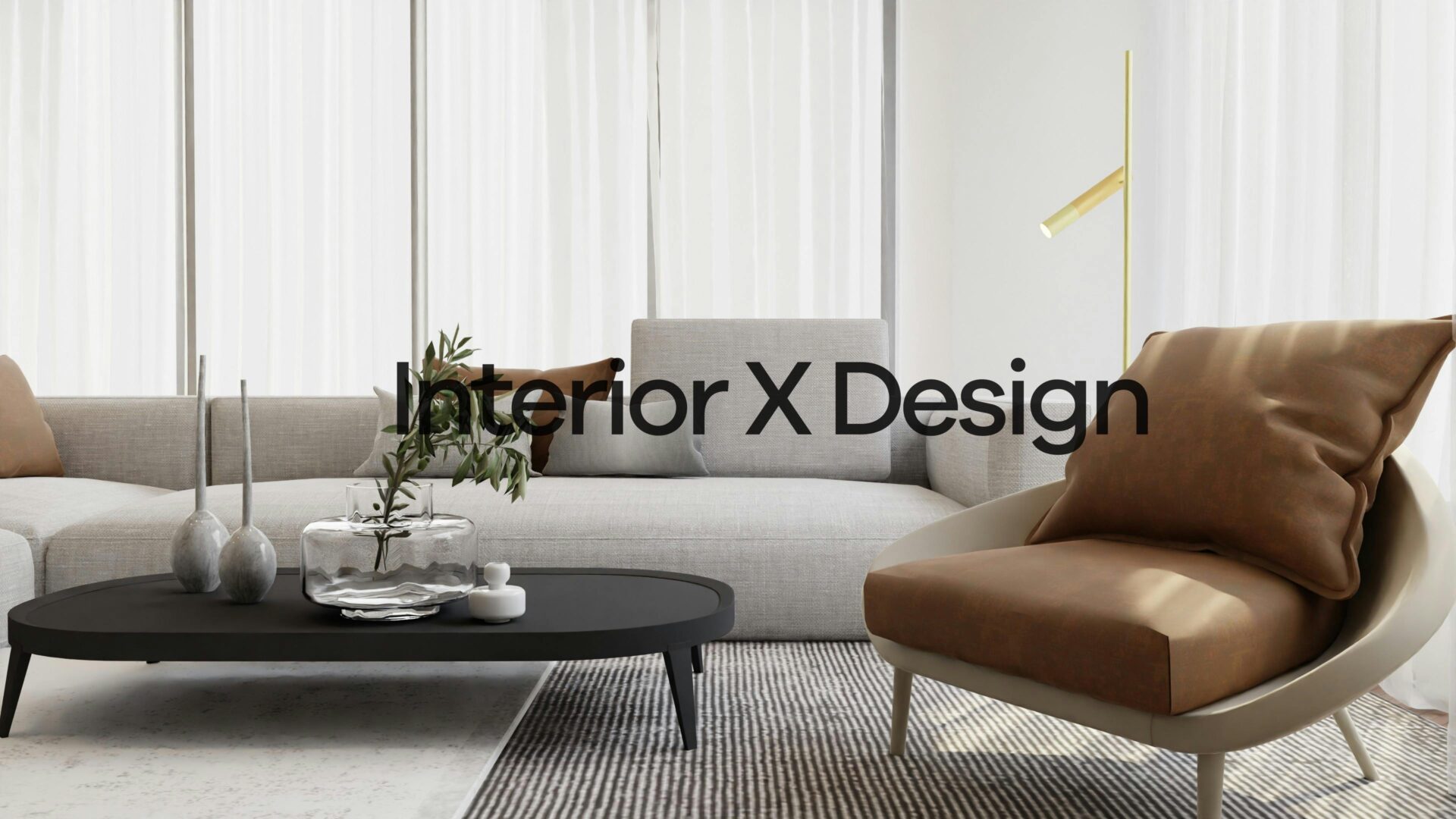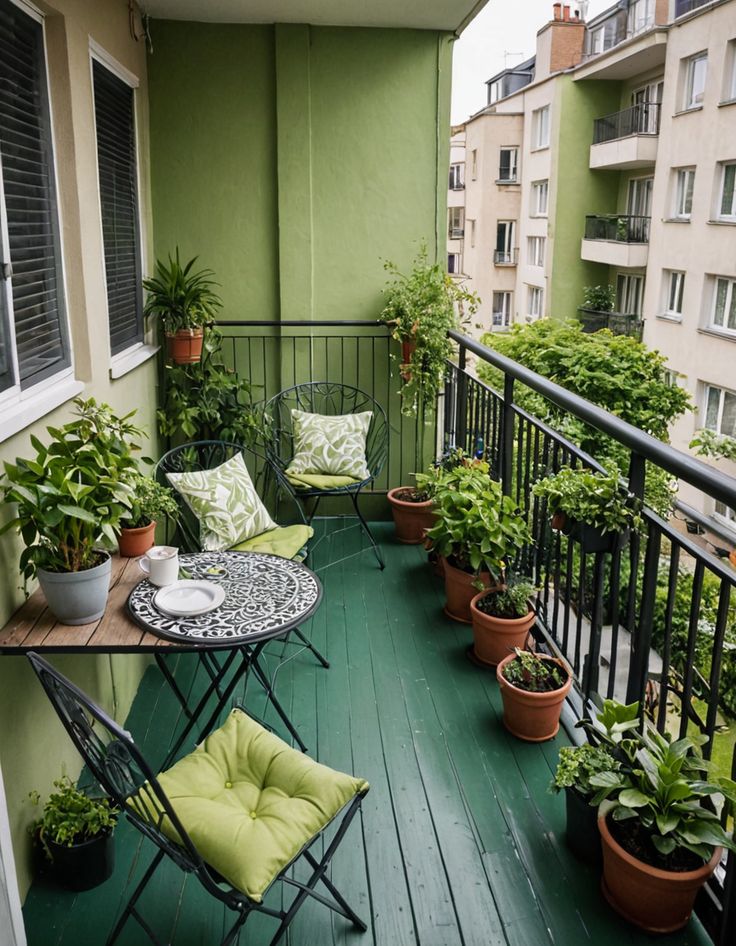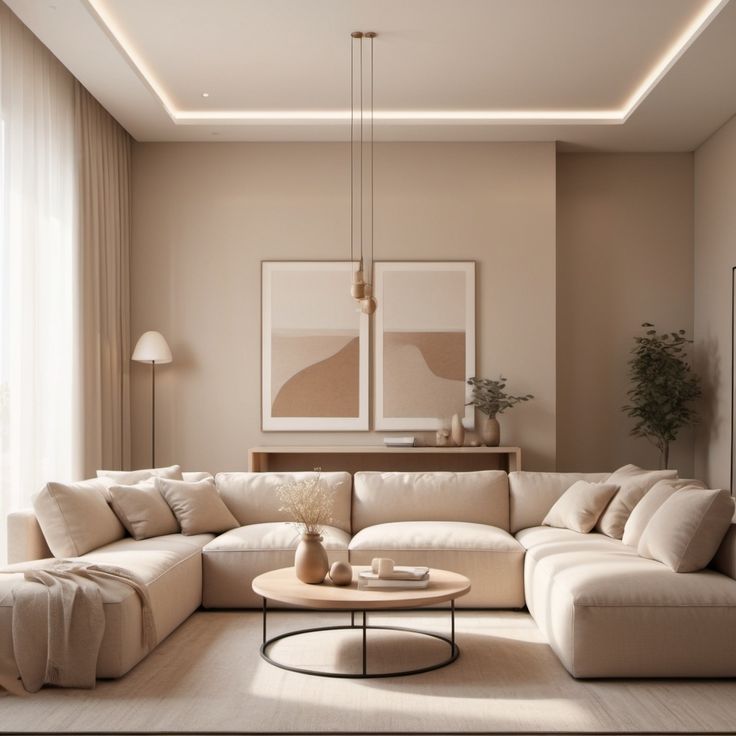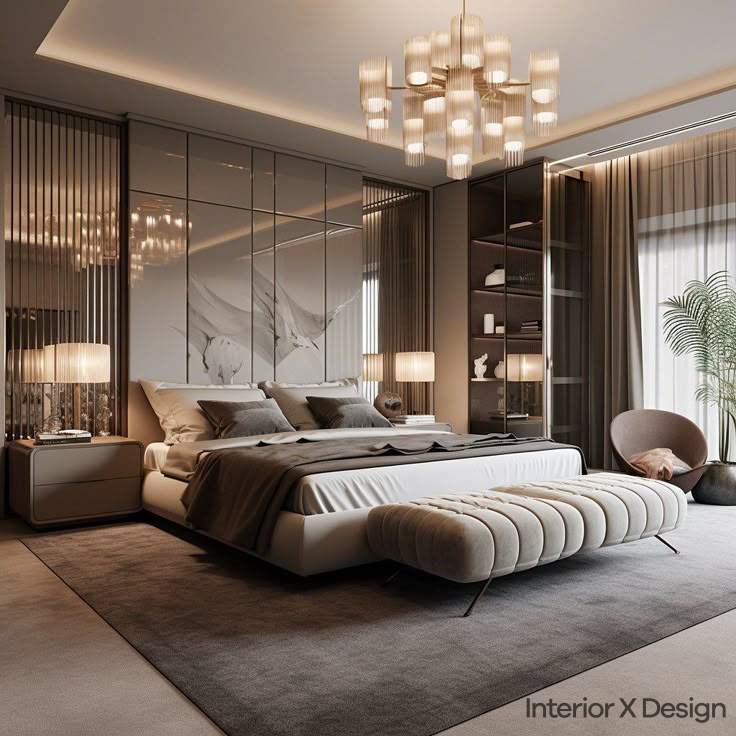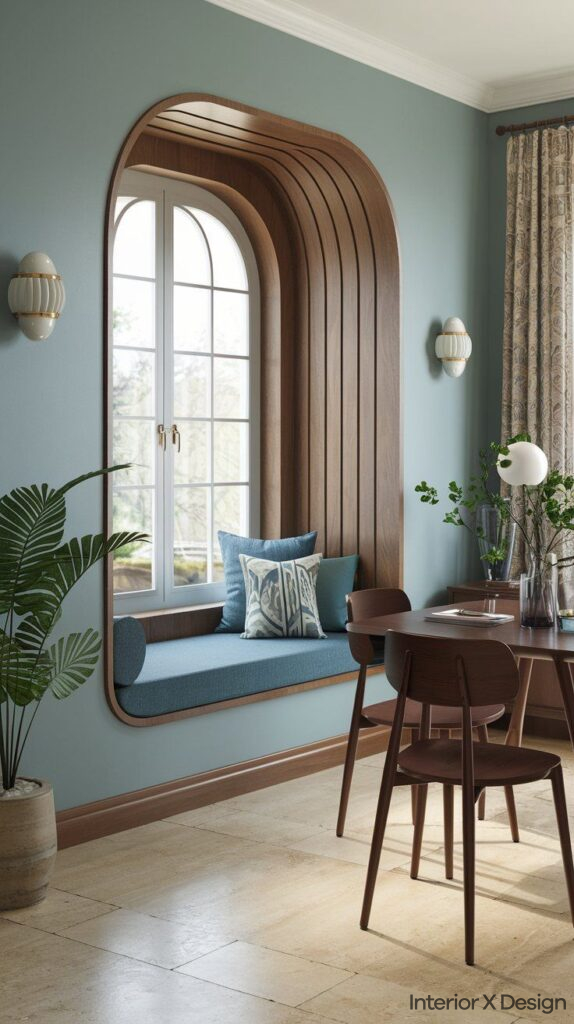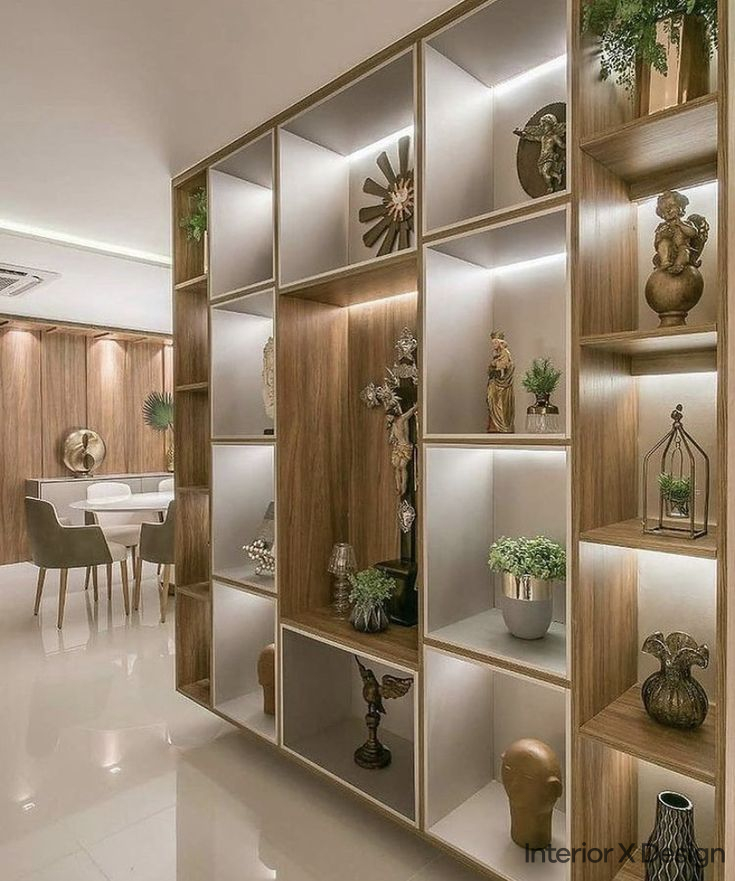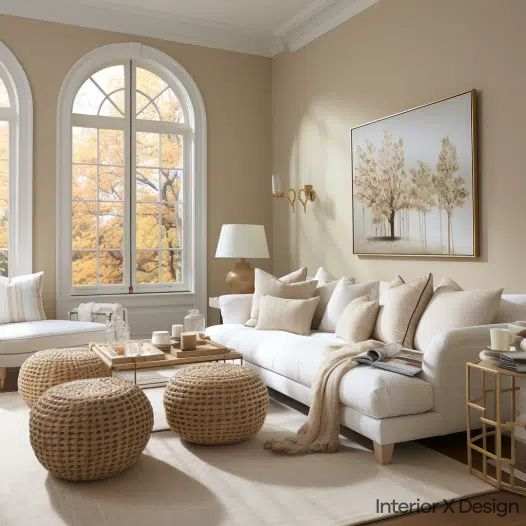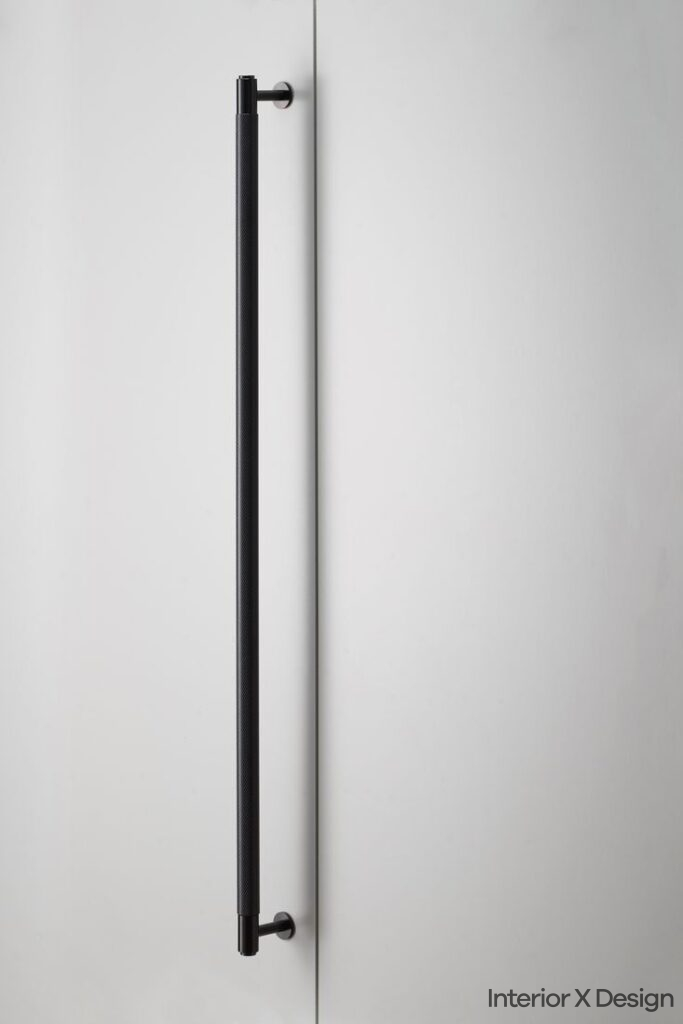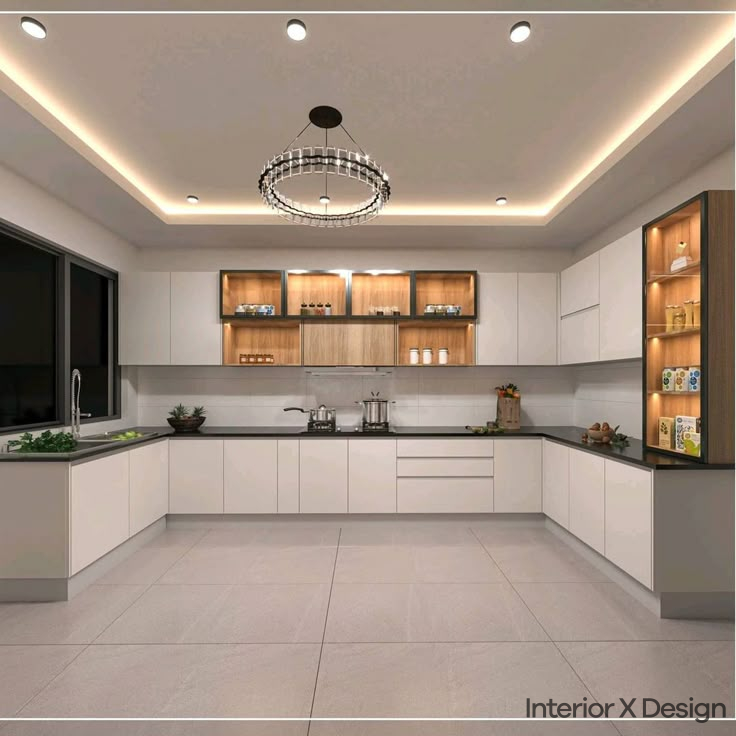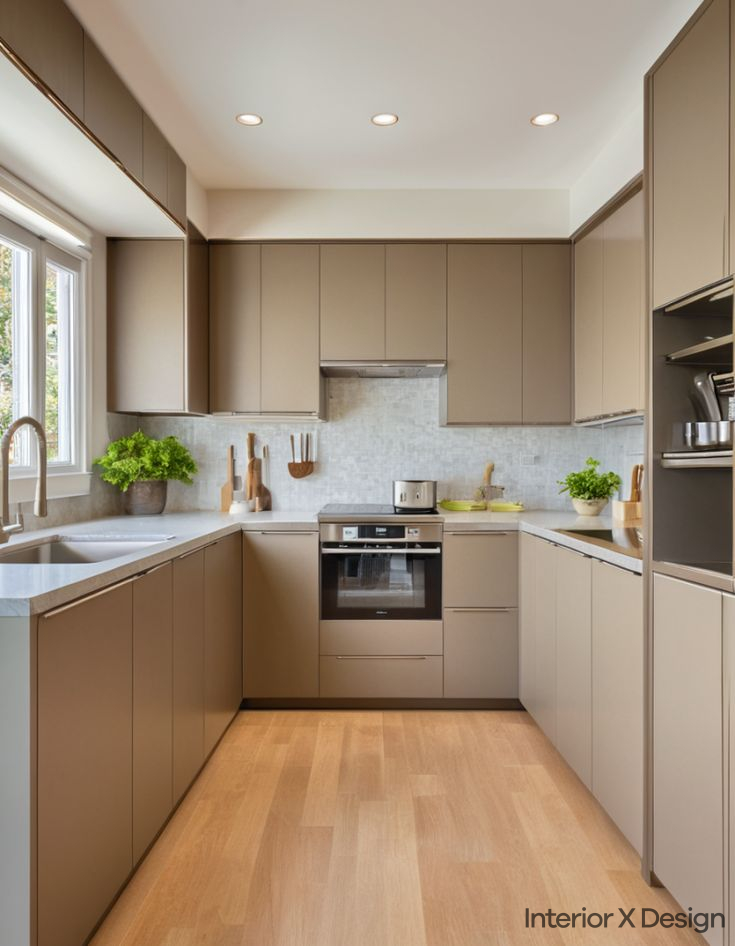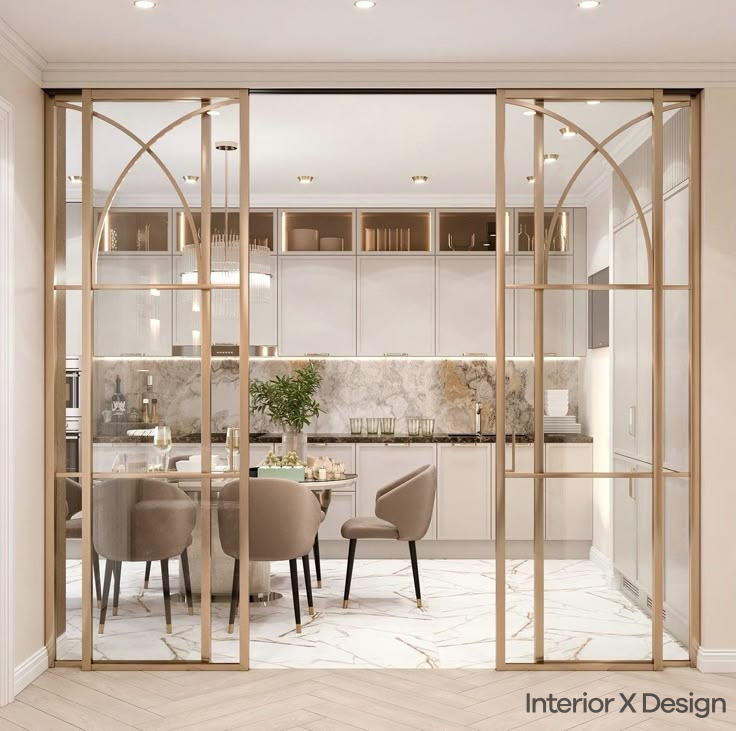What Makes a Good Furniture Material?
A good furniture material must possess three primary qualities:
- Durability: The ability to withstand daily use and wear.
- Aesthetic Appeal: A material’s visual characteristics that enhance a space.
- Functionality: How well the material suits its intended purpose.
Each furniture material has unique features, making it suitable for specific furniture types. From natural options like wood to modern choices like acrylic, knowing the advantages and drawbacks of each can help you make the best choice for your home.
Top 10 Best Furniture Materials for Home
1. Solid Wood
Solid wood is one of the most popular furniture materials due to its timeless beauty and durability.
- Types of Solid Wood: Oak, walnut, teak, mahogany, and maple.
- Pros:
- Long-lasting and sturdy.
- Can be refinished multiple times.
- Adds warmth and richness to interiors.
- Cons:
- Expensive compared to other materials.
- Prone to scratches and dents.
- Maintenance Tips: Regular polishing and cleaning to prevent moisture damage.
Example: A solid oak dining table with a natural finish adds elegance to any dining room.
2. Plywood
Plywood is a manufactured wood product made by gluing together thin layers of wood veneer.
- Pros:
- Affordable and lightweight.
- Resistant to warping and cracking.
- Versatile and easy to work with.
- Cons:
- Less durable than solid wood.
- Susceptible to water damage if not sealed.
- Best Use: Shelving, cabinets, and budget-friendly furniture pieces.
Case Study: Homeowners in urban apartments often opt for plywood furniture due to its affordability and ease of customization.
3. Metal
Metal furniture materials are known for their sleek, modern look and robust durability.
- Common Types: Stainless steel, aluminum, and wrought iron.
- Pros:
- Strong and durable.
- Resistant to pests and fire.
- Low maintenance.
- Cons:
- Can be heavy and cold to the touch.
- May rust if not treated properly.
- Applications: Metal beds, chairs, and outdoor furniture.
Tip: Use powder-coated finishes to protect metal furniture from rust and scratches.
4. Glass
Glass is a stylish furniture material often paired with metal or wood frames.
- Pros:
- Adds a modern and airy feel to spaces.
- Easy to clean.
- Scratch-resistant tempered glass options available.
- Cons:
- Fragile and prone to cracking.
- Requires regular cleaning to avoid smudges.
- Best Use: Coffee tables, dining tables, and display cabinets.
Example: A tempered glass dining table paired with stainless steel legs creates a contemporary centerpiece for dining areas.
5. Plastic and Acrylic
Plastic and acrylic are lightweight, affordable, and versatile furniture materials.
- Pros:
- Resistant to moisture and pests.
- Available in a variety of colors and shapes.
- Easy to clean and maintain.
- Cons:
- Less durable than wood or metal.
- Can look less premium.
- Applications: Outdoor furniture, kids’ furniture, and modern decor accents.
Stat: According to a 2022 survey, 35% of homeowners prefer acrylic furniture for outdoor patios due to its weather-resistant properties.
6. Rattan and Wicker
Rattan and wicker furniture materials are perfect for creating a cozy, natural aesthetic.
- Pros:
- Lightweight and eco-friendly.
- Adds a warm, organic feel to spaces.
- Durable when treated for outdoor use.
- Cons:
- Susceptible to moisture and pests if untreated.
- Requires regular maintenance.
- Best Use: Outdoor seating, living room accents, and conservatory furniture.
Practical Tip: Use weather-resistant cushions to enhance the comfort and longevity of rattan furniture.
7. Leather
Leather is a luxurious furniture material often used for sofas, chairs, and headboards.
- Pros:
- Durable and easy to clean.
- Ages gracefully with a unique patina.
- Resistant to spills and stains.
- Cons:
- Expensive.
- Can crack or fade if not maintained.
- Maintenance Tips: Regular conditioning and avoiding direct sunlight.
Example: A leather recliner adds both comfort and elegance to a living room.
8. Fabric Upholstery
Fabric is a versatile furniture material used for upholstered sofas, chairs, and ottomans.
- Pros:
- Comfortable and available in endless patterns and colors.
- Affordable compared to leather.
- Easy to customize.
- Cons:
- Prone to stains and fading.
- Requires regular cleaning.
- Applications: Living room seating, bedroom accents, and decorative pieces.
Stat: Polyester blends are the most popular fabric choice, with 40% of buyers opting for it due to its durability and affordability.
9. Marble and Stone
Marble and stone furniture materials exude luxury and sophistication.
- Pros:
- Extremely durable and heat-resistant.
- Adds a premium touch to interiors.
- Easy to clean.
- Cons:
- Heavy and expensive.
- Requires sealing to prevent stains.
- Best Use: Coffee tables, countertops, and dining tables.
Case Study: Luxury homes often feature marble furniture in living rooms and kitchens for its opulent appeal.
10. Engineered Wood
Engineered wood includes MDF (Medium-Density Fiberboard) and particleboard.
- Pros:
- Affordable and versatile.
- Lightweight and easy to transport.
- Available in various finishes.
- Cons:
- Less durable than solid wood.
- Susceptible to moisture damage.
- Applications: Bookshelves, TV units, and temporary furniture.
Tip: Choose laminate-coated engineered wood for better durability and aesthetics.
How to Choose the Best Furniture Material for Your Home
When selecting furniture materials, consider the following:
- Purpose: Determine the furniture’s primary function and location.
- Budget: Match the material with your financial constraints.
- Style: Ensure the material aligns with your home’s design theme.
- Maintenance: Factor in how much care the material requires.
- Environment: Opt for eco-friendly and sustainable materials when possible.
FAQs About Furniture Materials
What is the most durable furniture material?
Solid wood and metal are considered the most durable furniture materials due to their strength and longevity.
What furniture material is best for outdoor use?
Rattan, treated wood, and plastic are ideal for outdoor furniture due to their weather-resistant properties.
How do I maintain leather furniture?
Condition leather regularly, avoid direct sunlight, and clean spills immediately to maintain its appearance.
For more interior design tips, visit our blog. Explore our residential and commercial interior design services to bring your dream home to life.
Looking for professional guidance? Contact our interior design consultants in Delhi or Gurgaon today!

